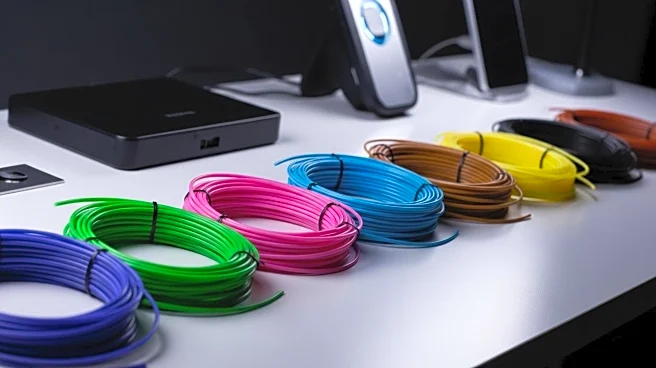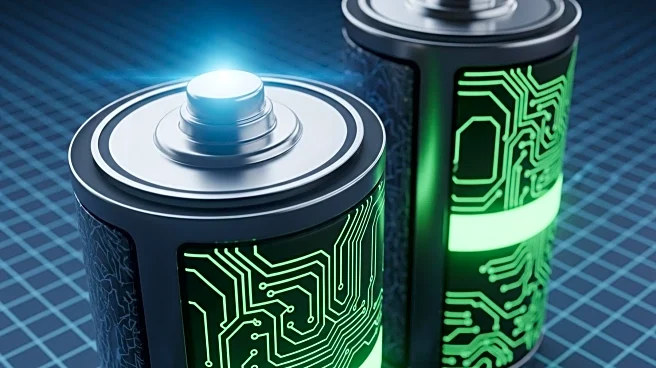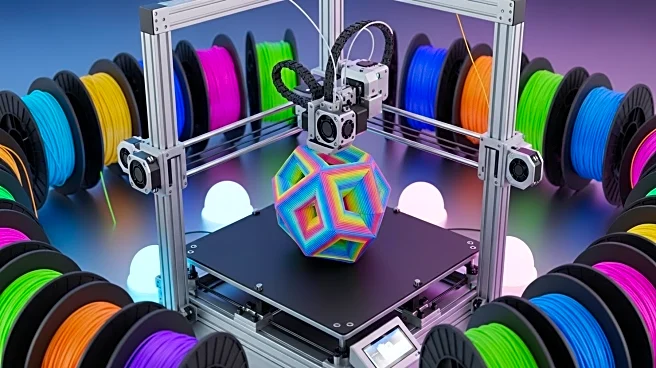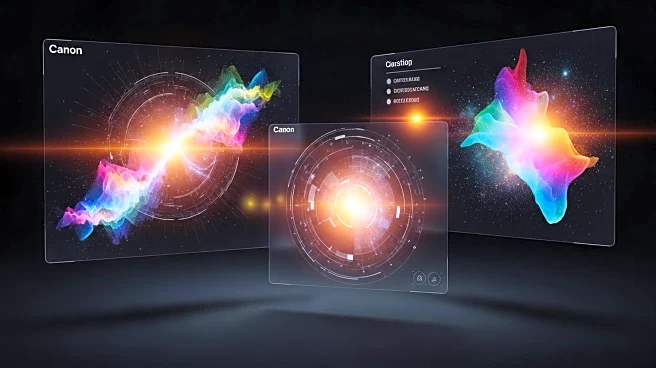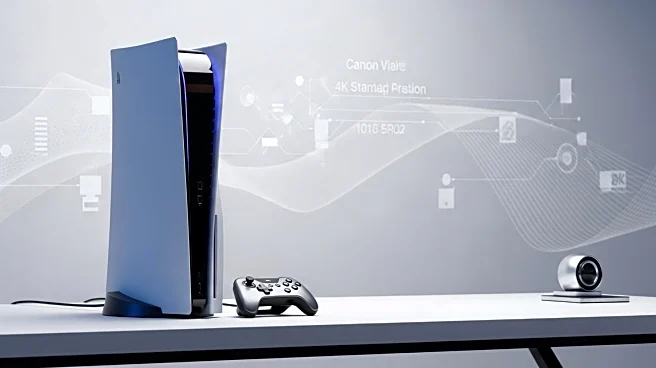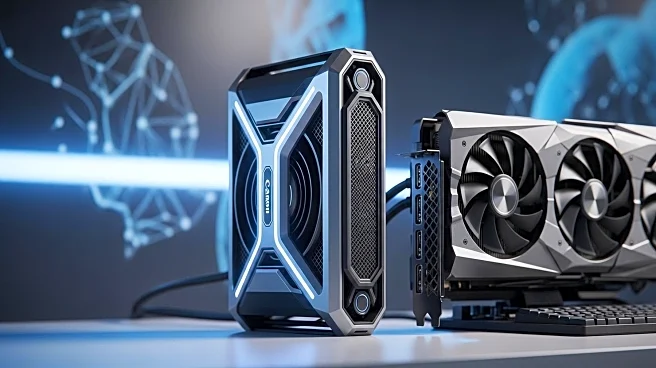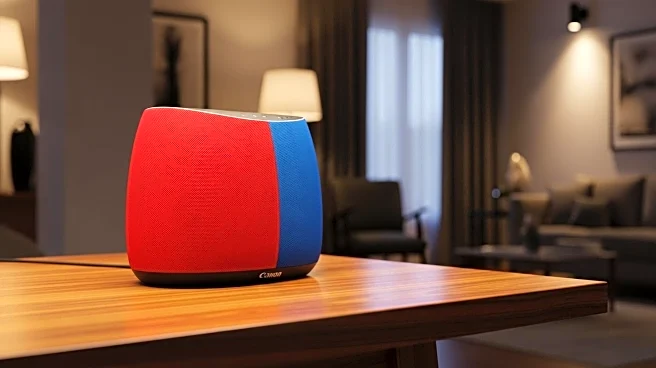What's Happening?
Bert Wagner has created an innovative IoT device called the Splashflag, designed to enhance pool party experiences. The device is housed in a 3D-printed case and features a 2x16 LCD display for notifications. It includes a servo that raises a 3D-printed flag to draw attention to incoming notifications. The Splashflag is powered by an ESP32-S3, which connects to Wi-Fi and is managed through a captive portal. This setup allows the device to join an MQTT broker, enabling easy notification sending via a web app. The device also includes a reset button for network changes and notification clearing. Wagner has shared the design and code on his GitHub, offering a learning opportunity for those interested in IoT projects.
Why It's Important?
The Splashflag represents a significant step in integrating IoT technology into everyday recreational activities. By providing a fun and interactive way to manage pool parties, it highlights the potential for IoT devices to enhance social gatherings. This development could inspire further innovation in the IoT space, encouraging more creators to explore how technology can improve leisure activities. Additionally, the open-source nature of the project allows for community engagement and collaboration, potentially leading to new applications and improvements in IoT technology.
What's Next?
As the Splashflag gains attention, it may inspire similar projects that integrate IoT technology into other social and recreational settings. The open-source availability of the design and code could lead to community-driven enhancements and adaptations. This could result in a broader range of IoT devices tailored to specific activities, further embedding technology into daily life. Additionally, the project may attract interest from educational institutions looking to incorporate practical IoT applications into their curricula.
Beyond the Headlines
The Splashflag project underscores the growing trend of DIY IoT projects that empower individuals to create custom solutions for personal and community use. It also raises questions about the role of technology in social interactions and how it can be used to foster community engagement. As more people experiment with IoT technology, there may be a shift towards more personalized and localized tech solutions, challenging traditional consumer electronics markets.

